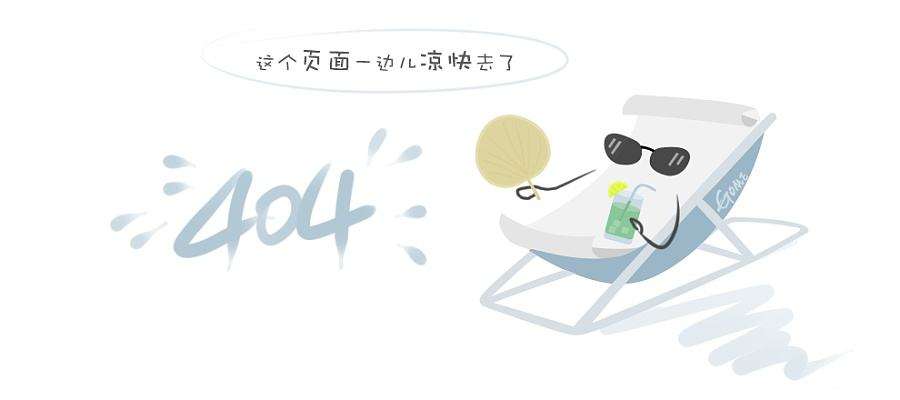-

-
nhzsn
上传于:2018-04-02
粉丝量:85
该文档贡献者很忙,什么也没留下。
- 相关
- 目录
- 笔记
- 书签
更多相关文档
暂无目录
点击鼠标右键菜单,创建目录
暂无笔记
选择文本,点击鼠标右键菜单,添加笔记
暂无书签
在左侧文档中,点击鼠标右键,添加书签
“racism still exists”: a public health intervention using racism “countermarketing” outdoor advertising in a black neighborho -凯发官网入口
下载积分:4950
内容提示: journal of urban health: bulletin of the new york academy of medicine, vol. 91, no. 5doi:10.1007/s11524-014-9873-8* 2014 the new york academy of medicine“racism still exists”: a public health interventionusing racism “countermarketing” outdooradvertising in a black neighborhoodnaa oyo a. kwateabstract the negative health effects of racism have been well documented, but how tointervene to redress these effects has been little studied. this study reports on rise(racism still exists), a high-risk, high-re...
文档格式:pdf |
页数:22 |
浏览次数:81 |
上传日期:2018-04-02 11:30:11 |
文档星级:
journal of urban health: bulletin of the new york academy of medicine, vol. 91, no. 5doi:10.1007/s11524-014-9873-8* 2014 the new york academy of medicine“racism still exists”: a public health interventionusing racism “countermarketing” outdooradvertising in a black neighborhoodnaa oyo a. kwateabstract the negative health effects of racism have been well documented, but how tointervene to redress these effects has been little studied. this study reports on rise(racism still exists), a high-risk, high-reward public health intervention that usedoutdoor advertising to disseminate a “countermarketing” campaign in new york city(nyc). over 6 months, the campaign advertised stark facts about the persistence ofracism in the usa. a probability sample of n=144 participants from twopredominantly black nyc neighborhoods completed measures of health status,health behaviors, and social attitudes. three months postintervention, statisticallysignificant declines in psychological distress were seen among study participants whowere exposed to the campaign compared to those who were not. there were no changesin other hypothesized outcomes. the campaign also generated significant publicdiscourse, particularly in social media. the results suggest that racismcountermarketing campaigns may have promise as a community-based intervention toaddress health inequalities.keywords african american/black, neighborhoods, racism, outdoor advertising,countermarketing, public health interventionhow are the negative effects of racism on african american health to be redressed?a substantial literature shows that racism takes a signif i cant toll on health. 1–5 morethan discrete interpersonal acts, racism inheres in pervasive subordinating messagesthat degrade, delegitimize, and dehumanize blackness; and in institutional policies,law, social organization, and the allocation of resources and opportunities. in otherwords, racism is part and parcel of the business of daily life, 6 deeply pervading thesocial world in the usa, and doing so at the cost of african american health andwell-being.but in the usa, racism is frequently unseen or denied, and most people areignorant of social inequalities and the means by which they are perpetuated. forexample, two thirds of americans believe that school desegregation has worked,when american schools have long been resegregating, with black-white dissimilar-ity rates among primary school children has high as 85 % in rust belt cities such asdetroit. 7 because american culture strongly promotes the idea that individuals areresponsible for their life station, many believe that inequalities are justif i ed byindividual expenditures of effort. indeed, system justif i cation theory holds thatkwate is with the department of human ecology, and the department of africana studies, rutgers, thestate university of new jersey, new brunswick, nj, usa.correspondence: naa oyo a. kwate, department of human ecology, school of environmental andbiological sciences, rutgers, the state university of new jersey, new brunswick, nj, usa. (e-mail:nokwate@rci.rutgers.edu)851

